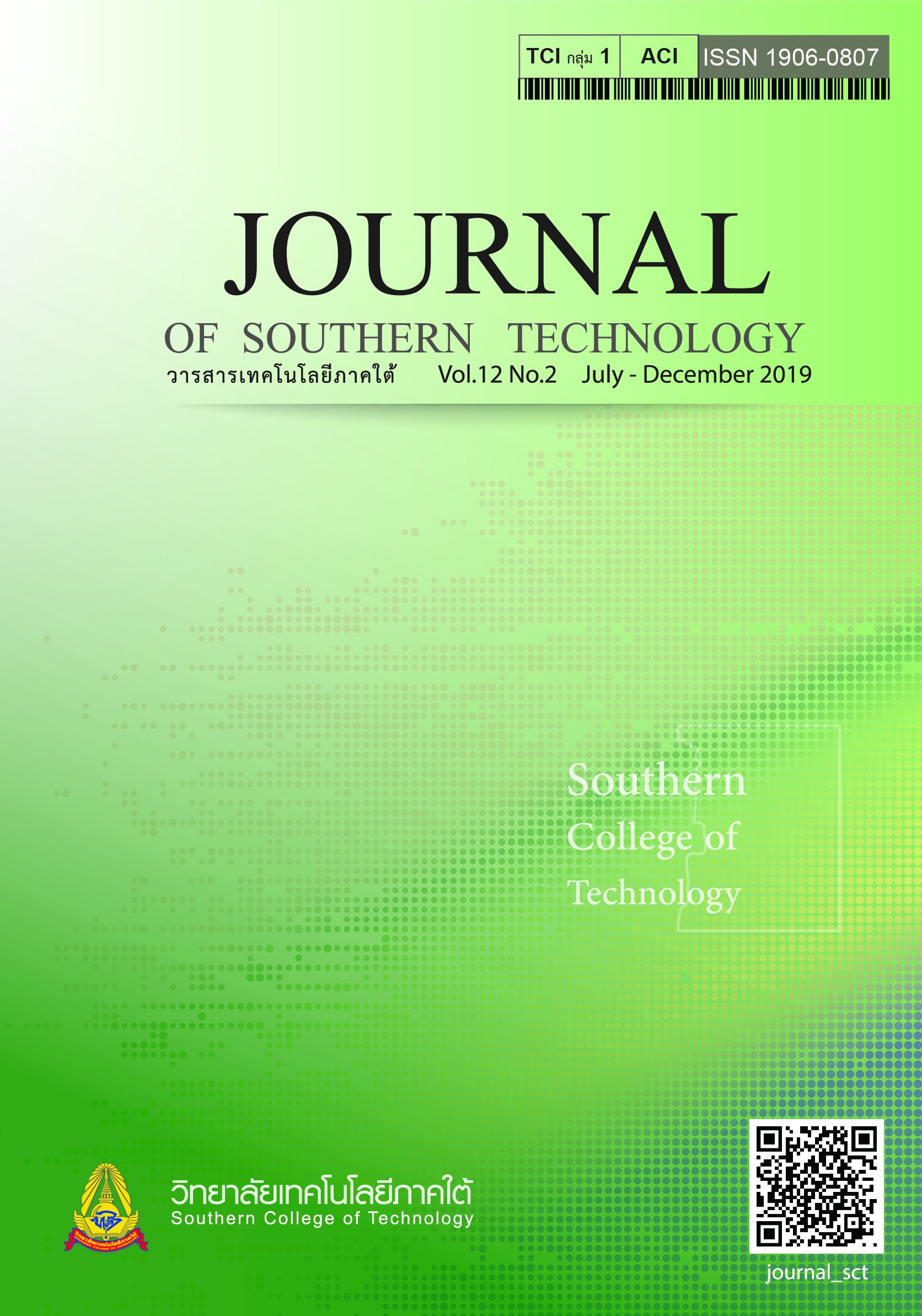A Computer Program for Developing Multiple Choice Test Items Using Automatic Item Generation Method
Main Article Content
Abstract
This research aimed to analyze and synthesize multiple-choice test items on mathematical subject,
to develop a computer program for constructing the multiple-choice test items on mathematical subject
by using automatic item generation methodology, and to evaluate the efficacy of the developed program
for grade 12 on mathematical subject. The research methodology comprised four phases, including 1) the
analysis and synthesis of the multiple-choice test items of grade 12, 2) the determination of the modelled
items and the model of the multiple-choice test items on mathematical subject, 3) the development of
program for constructing the multiple-choice test items on mathematical using automatic item generation
methodology, and 4) the efficiency of the developed program for grade 12 on mathematical subject using
automatic item generation methodology. The 30-secondary school teachers who had been teaching on
mathematical subject were taken part in this study. The findings were demonstrated as follows: 1) The
mathematical test items for grade 12 had the item difficulty (b) from rather difficult to difficult levels. 2)
Twenty-two modelled items and the model of the multiple-choice test items passed the criteria of test
item quality based on three-parameter IRT model. 3) The computer program was developed for the web
application platform, which could be accessed via https://www.aigg-test.com, that was rated in terms of
appropriateness as excellent and was also approved by the experts. And 4) the efficiency assessment of
the developed program indicated at a good level and was satisfied.
Article Details
-
Authors must agree to the journal publication rules and allow the editors to edit the manuscripts for publication.
-
Author’s right belongs to the author but Journal of Southern Technology holds the right of first publication and thus allow readers to use the article for the purpose of education but not commercial.
References
Gierl, M.J., Zhou, J., & Alves, C. (2008). Developing a taxonomy of item model types to promote assessment engineering. Journal of Technology, Learning, and Assessment, 7 (2), 1-51.
Gierl, M. J., Lai, H., & Turner, S. (2012). Using automatic item generation to create multiple-choice items for assessments in medical education. Medical Education, 46, 757-765.
Gierl, M. J., & Haladyna, T. (Eds.) (2013). Automatic Item Generation: Theory and Practice. New York: Routledge.
Lincharoen, U., Artwichai, S., & Chan-in, P. (2009). Research report: Causal Factors of O-NET Low Scores of Grade 6 and 12 Students. Bangkok: National Institute of Educational Testing (Public Organization). [in Thai]
Ministry of Education. (2008). Basic Education Core Curriculum B. E. 2551. Bangkok: Khurusapha Ladphrao Publisher. [in Thai]
National Institute of Educational Testing Service (Public Organization) NIETS. (2014). The Development of Testing and Learning Assessment Capacities. n.p. [in Thai]
Preechapanich, O. (2014). System Analysis and Design. Nonthaburi: IDC Premier. [in Thai]
Urry, V. W. (1977). Tailored testing: a successful application of latent trait theory. Journal of Education Measurement, 14, 181-196.

